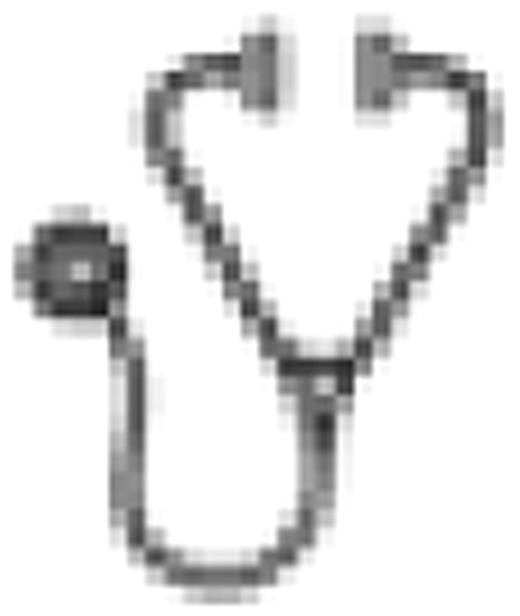Abstract
Abstract 3230
Having previously shown that protein expression signatures (ProExpSig), based on the activation state of cell cycle, apoptosis and signal transduction (STP) regulating proteins, existed and were prognostic in AML, we extended this to evaluate protein expression patterns in ALL.
We have generated RPPA using protein derived from the leukemia-enriched fraction of 283 primary ALL samples from 216 cases with the goal of providing comprehensive proteomic based classification of ALL. Included are 253 samples from 194 newly diagnosed ALL patients (179 Marrow (BM), 95 blood (PB) samples, 41 with concurrent PB and BM specimens), and 14 relapse (REL) samples from these same cases. Phenotypes included 163 pre-B, 22 T-Cell and 9 Burkitt's cases. There were 42 PH1+ cases but only the 28 treated with TKIs were included for outcome analysis. All protein preps were made from fresh cells on the day of collection as we previously observed that protein expression changes dramatically in ALLs cells with cryopreservation. Present as controls were 16 CD34+ BM and 9 normal PB lymphocyte samples. Samples are printed as 5 serial 1:2 dilutions in duplicate using an Aushon 2470 Arrayer. Each array has a total of 6912 dots printed. Slides were probed with 128 antibodies (ABs) against apoptosis, cell cycle, signaling (STP), regulating proteins, integrins, phosphatases etc including 90 vs. total protein, 33 vs. phos-specific sites and 5 vs. caspase or PARP cleavage sites. Spot intensities were quantified using MicroVigene software. Data was analysed using R, with loading control and topographical background normalization being utilized.
Proteins were clustered using absolute Pearson correlation and Ward linkage. Based on the Gap statistic there appeared to be 15 constellations of protein with correlated expression. Many formed expected associations e.g., cleaved caspases, phosphorylated STATs, activated STPs. Based on the combination of expression of these 15 constellations, 7 distinct ProExpSig were defined containing between 18 and 37 cases. Phenotype was highly unbalanced with T cell and Burkitt's cases significantly overrepresented and B cell underrepresented in Signature 3 (O/E 5.7,4.2 and .3) and T cell ALL underrepresented in signatures 2, 4,5 and 6 (O/E .47, .76, .4 and .28). PH+ disease was strongly associated with signatures 5 (18 of 22) and 2 (11 of 375 cases). The PH+ dominated Sig5 was characterized by high expression of Myc, ARC, Survivin as well as high levels of activated STPs and Stats. The Ph+ cases in Sig 2 and 5 differed in that Sig5 had high expression of phospho PKCα, GAB2 and Stat 3 and 6, while Sig 2 had higher expression of proteins in the mTOR and TSC2 axis Almost all t(4:11) cases (9 of 11) were in Sig6, which was characterized by high levels of expression of most proteins excluding those that were highly expressed in the PH+ cases. Cases with Burkitt's were characterized by high expression of cyclins D1 and D3, pRB and by high levels of cleaved caspases. The WBC was markedly higher in Sig 3 and 6. The vast majority n=174) achieved remission with 9 primary refractory and 10 induction deaths occurring, so a signature predicting primary resistance was not observed. It was readily evident that there was a group of favorable signatures (1,2, 4 and 7) and another distinctly unfavorable group of signatures (3, 5, and 6). The favorable group had superior remission duration (median 172 vs. 96 weeks, p= 0.35), event free survival (median 132 vs. 72 weeks, p=0.03) and overall survival (median 180 vs. 93 weeks, P=0.04) compared to the unfavorable signatures.
ALL is characterized by 7 distinct protein expression signatures which form a favorable and an unfavorable prognostic group. The adverse ProExpSig are associated with significantly shorter remission duration and survival. Differences within these ProExpSig can be used to direct the rational application of various targeted therapies to those patients most likely to benefit from them thereby improving outcome.
No relevant conflicts of interest to declare.

This icon denotes an abstract that is clinically relevant.
Author notes
Asterisk with author names denotes non-ASH members.

This feature is available to Subscribers Only
Sign In or Create an Account Close Modal